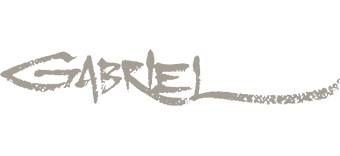Learning to See: Academic Drawing Course – Starts Oct. 17th/18th
Revisiting how we see through drawing.
Learning to See
Academic Drawing – from contour to construction
We will be engaged in the practice of academic drawing. Drawing is the foundation and framework for all great representational painting. Without a strong understanding of drawing our paintings tend to feel flimsy, naive, and off.
I’ve been teaching painting for almost 20 years. There is so much freedom and excitement available to us when we put down that first brushstroke. Painting is creative, it’s exhilarating, it’s magical. But it can also be extremely frustrating. Time and time again I see students fumbling through the late stages of a painting only to throw up their hands in exasperation followed with a statement like there’s just something about it I don’t like, or it doesn’t look right. Whether painting from a photograph or working from a live model, the secret to this conundrum is rarely in the painting at all. The difficulty resides in our ability to see accurately.
The solution is found in our drawings. Drawing is our ability to see without bias. We need to begin to revisit what we think we see.
Our visual perception has been shaped and then distorted by subconsciously learned assumptions about the world in front of us. We see through our assumptive lens rather than through direct observation. I teach a classical method of drawing that will eventually give you the power to paint what you see. Although accuracy certainly isn’t the truth, clarity is definitely the first step toward creating great paintings. Don’t let the complexity of a subject intimidate you. When armed with the right tools and the capacity to see clearly, you can paint anything that you set your mind to. We will be working from still lifes, studying spatial relationships, identifying the contours and facets of the form, and creating depth through the use of line weight and value. Let’s tackle this missing piece of the artistic puzzle.



